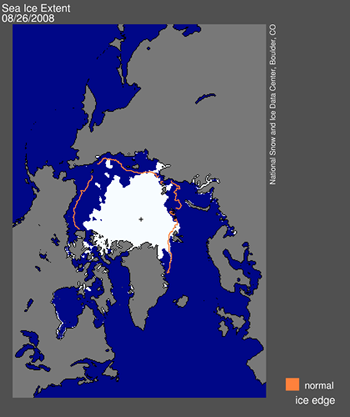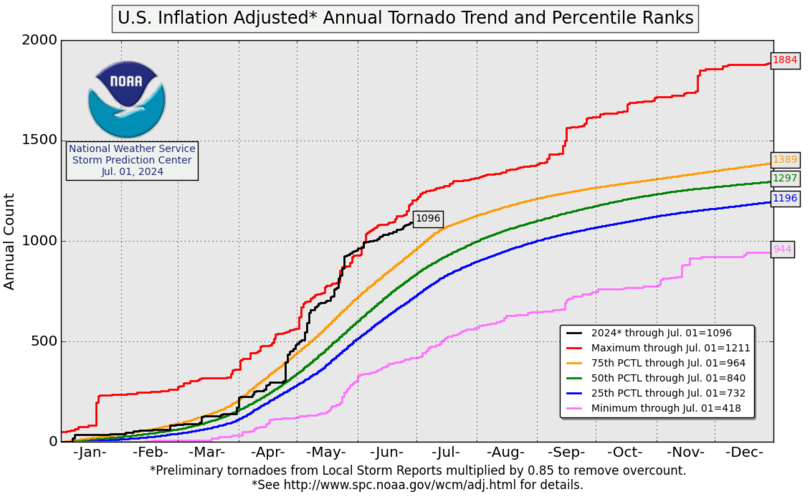TELLURIDE – Greenland is melting much faster than anyone predicted. This Arctic country, a Climate Change Indicator, is a vital player not just in our understanding and monitoring of climate change. It has a direct influence in how such changes will manifest across the globe.
For those of us in Colorado, what does this rapid, accelerated decrease in the Greenland Continental Icecap mean?
Climatologist Jason E. Box, Ph.D., with the Byrd Polar Research Center, has spent the last 14 years monitoring Greenland’s massive ablation.
Box will be coming to Telluride to present his research, and answer questions, on Sept. 4, at 7 p.m. at the Sheridan Opera House. The event is sponsored by the Telluride Institute, and is free and open to the public.
After 17 expeditions in Greenland, Box has documented some of the most startling ablation events, including the largest iceberg calving ever filmed: Eight square kilometers of ice, a half-mile thick, disintegrating in 90 minutes. Picture a city of skyscraper-sized ice vanishing in an hour-and-a-half.
“Estimates of sea level rise are now known to be significantly underestimated,” said Box. “The IPCC [Intergovernmental Panel on Climate Change] projected sea level rise of around one-and-a-half feet. But this did not take into account the profound ice sheet sensitivity now documented [in Greenland]. Sea level rise could be double, or more [than these predictions]. My best guess is a sea level rise of between three and six feet by the end of this century.”
This will have implications for global populations during our lifetimes. Coastal populations will have to move from low-lying areas, creating sociopolitical turmoil in countries like Bangladesh – one of the most populous, poorest and low-lying countries in the world. Parts of Florida could disappear.
Box sees a vast expenditure on a global scale to “hold back the sea.”
“We will end up spending a lot of money building a lot of flood breakers and sea walls,” he said in a telephone interview Wednesday. “I’m concerned the cost that the U.S. and the world will spend on mitigating sea level rise will slow down global economies. Technology exists to hold back the sea, but it’s very expensive. We need to act now to prevent sea level rise.”
In 2002, monitoring of the Greenland Icecap showed annual losses of 100 cubic kilometers of ice, alarming the scientific community, a bigger and faster loss than had been predicted.
In 2007, however, an even larger ice loss – of more than 300 cubic kilometers (300 gigatons) – was documented.
This is hugely significant for the world at large. No one really knows what will happen as a result – from fresh water plumes altering the Atlantic Ocean’s great gyres (which keep Europe temperate), to dramatic sea level rise. Last year the Intergovernmental Panel on Climate Change predicted an expected sea level rise of two feet over the course of this century. That’s significant enough to inundate areas like Washington, D.C., much of North Carolina, parts of the Gulf Coast, and Florida. It will alter global coastlines like never before. But this may be a low estimate: Even the IPCC noted in its important study last year that, “Larger values [in sea-level rise] cannot be excluded.”
Although Colorado doesn’t have to worry about the direct effects of rising sea levels, the economic ramifications will surely affect us all. Moreover, the warming inherent in climate change, while increasing precipitation events, will only shorten the ski season. Some estimates have quoted a reduction in the ski season by as much as one-third or more. In a state whose majority of revenues come from winter sports, that’s a lot of lost revenue – potentially one third of the winter take, or more than one-sixth of statewide annual revenue.
A further problem may result in the release of CO2 and methane from thawing permafrost regions, creating what is known as runaway climate heating, a positive-feedback loop that spirals climate crisis out of control.
“Melt down in the Artic will likely release a lot of carbon in permafrost in northern Eurasia and Canada and carbon in methane hydrates,” Box said. “This could contribute to runaway climate heating. We could double atmospheric CO2 in one- or two-hundred years. Then, it’s too late. This is the doomsday scenario, but we’re right on course for that. We have to change course now.”
Box noted that a panoply of strategies must be enacted to be effective to preempt runaway climate heating. Conservation, he said, is not enough. A systems approach that involves renewable energy, reforestation, geo-engineering, as well as conservation is needed.
“Conservation is not going to come close to the type of action we need to avert disaster. Conservation at best buys us some time. We need a proactive, portfolio response,” he said, including wind, solar and geothermal energy systems acting together to augment mitigation.
“Science has been looking for a silver bullet to address the climate crisis. But what we need is silver buckshot.”
His presentation Sept. 4 at the Opera House will be full of satellite images, time-lapse photography and graphic products. This is a world first: much of this imagery has yet to be published or released to the public.
Box has been featured in the New York Times, on CBS News, NBC’s Today Show, and the Discovery Channel, among others. This February 60 Minutes will be flying to Greenland with Box to film a special on climate change.
He will show footage of his research, outline repercussions across the world, answer questions, and offer some potential solutions to deal with an accelerating problem, now more evident than ever.
Link to article: http://www.telluridewatch.com/pages/full_story?article-Greenland-Climate-Change-s-Hot-Topic






















